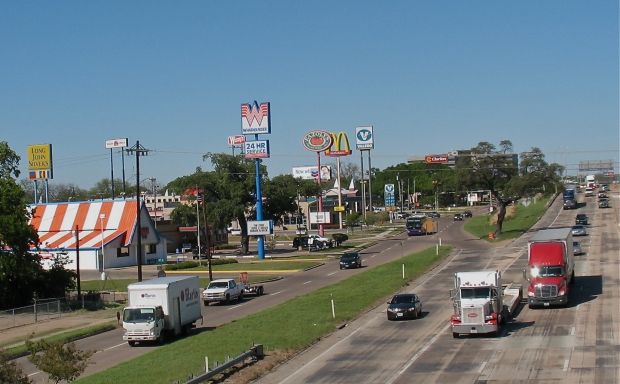Is the restaurant, especially the fast food restaurant, a construction of particularly modern culture and lifestyle?
I tend to think so as I imagine most people do. We say things like, "Oh, look what a rush we're in with all of our cell phones and fast food restaurants and the like." And then perhaps we fantasize about a bygone era, maybe frontier life, when every meal was slaved over with a level of effort that we can hardly even imagine now.
Well, apparently from something I read this morning, that's just not the way it was.
I'm currently in the middle of a nonfiction account of the shootout at the OK Corral titled "The Last Gunfight" by Jeff Guinn. Essentially, it's the truth behind the cinematic version called "Tombstone" starring Kurt Russell and Val Kilmer.
The first paragraph of the twelfth chapter begins like this: "In Tombstone, dining out wasn't limited to gourmet cuisine at fancy restaurants. People who wanted to eat cheaply or in a hurry usually visited the town's all-hours 'lunch rooms,' which offered simple fare like sandwiches and stews."
The book, set primarily in 1881 by the way, goes on to describe how a gambler, not wanting to leave his game for long, would rush into a lunch room, grab a sandwich and head back to the poker game. Even more fascinating, the scuffle that would escalate into the most famous gunfight in the old west flamed up in one of these lunch rooms as Doc Holliday stormed in, drunk, and chewed out an equally drunk Ike Clanton.
Think of that the next time you see, hear or participate in a late-night dustup at your favorite all-hours fast food joint.
All of this has me thinking about other fast food fun facts, so I dug up a few for your reading pleasure:
Whataburger originated in 1950 in Corpus Christi, Texas; McDonald's in 1940 in San Bernardino, California; Burger King in 1954 in either Jacksonville or Miami, Florida; Wendy's in 1969 in Columbus, Ohio.
Wendy's founder Dave Thomas got the idea for square hamburger patties from a joint called Kewpee Hamburgers in his hometown of Kalamazoo, Michigan (Wikipedia).
Dairy Queen, which we refer to as the "Texas Stop Sign," originated in Kankakee, Illinois (dairyqueen.com).
The first Whopper cost 37 cents (delish.com).
McDonald's has 1.5 million employees who serve 58 million customers per day (Wikipedia).
A milkman in Shawnee, Oklahoma, named Troy Smith opened the first Sonic Drive-In. It was originally called Top Hat (delish.com).
Subway, with 36,013 restaurants in 98 countries, is now the largest single-brand restaurant chain in the world (Wikipedia).
White Castle, which launched in 1921 in Wichita, Kansas, was the first fast food hamburger chain and brags "the first to sell frozen fast food" on its website.
There are apparently (according to Wikipedia) no Taco Bell restaurants in Mexico. Other internet sources reveal that the supposed Mexican food chain has failed at least twice south of the border.
In 1977, Burger King teamed with Star Wars to pioneer the fast-food-big-summer-blockbuster cross promoting that still somehow doesn't make fast food seem better but does make films seem worse.


